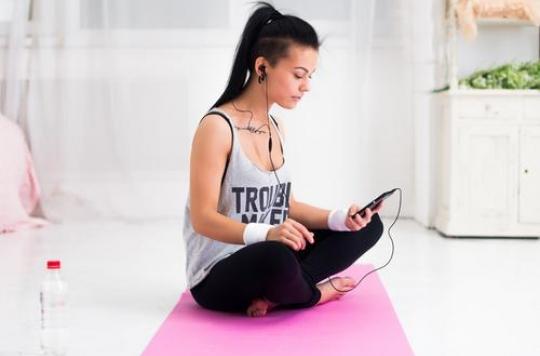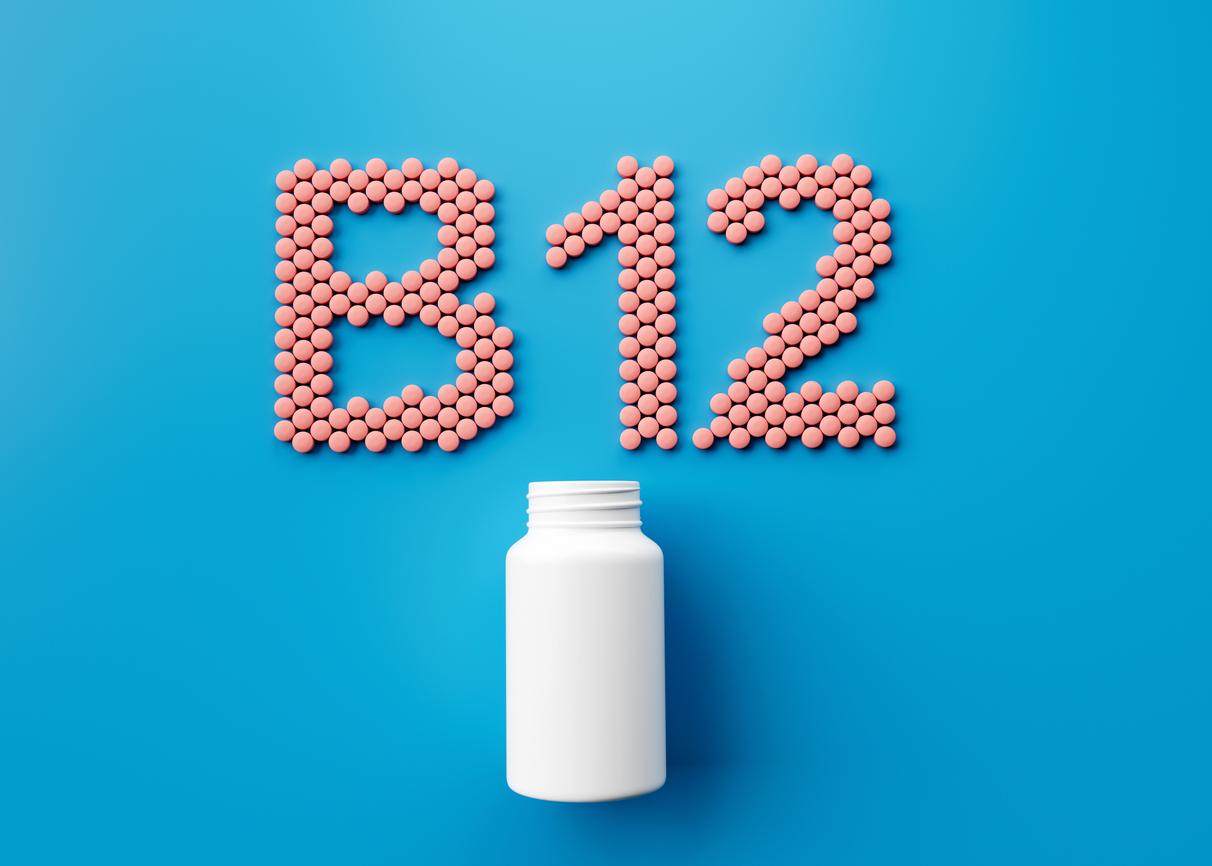Most parents have given up on the fight against cell phone use by their children. The challenge today is not to give in too soon. Yet beyond the harms to everyday life, the underlying question is whether these waves concentrated near the brain are not dangerous? A serious study raises the alarm signal. Worrisome …

This is a study that will create a buzz around the world. It was presented at the annual meeting of the RSNA, the largest congress in the world, since it brings together, each year in Chicago (United States), more than 54,000 radiologists from around the world. A congress where, more than elsewhere because it is one of the risks of their profession, the deleterious effects of the waves are carefully scrutinized …
Dr Hyung Suk Seo, University of Korea, concluded his study presentation by saying that there is more danger in addiction to smartphones than just wasting a lot of time sharing text messages and viral videos. In fact, teens addicted to their phones and the internet have a chemical imbalance in their brains that predisposes them to depression and anxiety.
Prof. Hyung Suk Seo, professor of neuroradiology at Korea University in Seoul, South Korea, and his colleagues have used a new form of MRI that measures the chemical makeup of the brain. The study involved 19 volunteers (10 girls, 9 boys) averaging 15.5 years old, known to have internet or smartphone addiction, and 19 healthy controls of the same age and sex. ; without any dependence on these means of communication.
RESULTS: Teenage phone addicts had abnormally high levels of certain substances known to play a role in triggering depression, anxiety, severe insomnia and impulsivity.
Two neurotransmitters involved
These substances are two neurotransmitters: GABA, which inhibits or slows down signals from the brain, and glutamate-glutamine (Glx), which causes the electrical excitation of neurons. Previous studies had already shown that GABA was involved in the control of vision and motor skills and in the regulation of various brain functions, including anxiety.
In this new study, compared to healthy controls, the ratio of GABA to Glx was significantly increased in the brain in young consumers of smartphones and the Internet before treatment. Having too much GABA can lead to a number of side effects, including drowsiness and anxiety.
An effect that seems to be reversible … provided it is treated
It remains to be understood how this increase occurs. However, the study also showed that behavioral therapy, i.e. intervention by psychotherapists, decreases or normalizes GABA to Glx levels in young drug addicts.
This is great news because parents are facing an unfair fight: recent numbers this year are frightening: 82% of Americans use a smartphone, 92% would do so while shopping, 78% while eating. at home and 44% crossing the street! According to a Pew Research Center survey, 73% of American teens have a smartphone, and 92% of them say they are online every day.
Figures also worrying in France
In France, there is no reason that the figures are better when we see the results of a survey conducted in February by Deloitte: 77% of French people own a smartphone. A figure that exceeds for the first time that of laptops, owned by 74% of French people. For the rest, 57% of respondents have a desktop computer and 53% a tablet. In a day, the French consult their smartphone an average of 26.6 times. For young people (18-24 years old), this figure is almost doubled (50 times a day).
But it’s not just during the day that you consult your smartphone. In the evening, 23% of French people take a final look at it less than five minutes before falling asleep.
No more long discussions during family lunches on Sunday noon. The study tells us that 81% of French people say they use their smartphone during meals with family or friends.
No wonder France is so anxious …
.
















